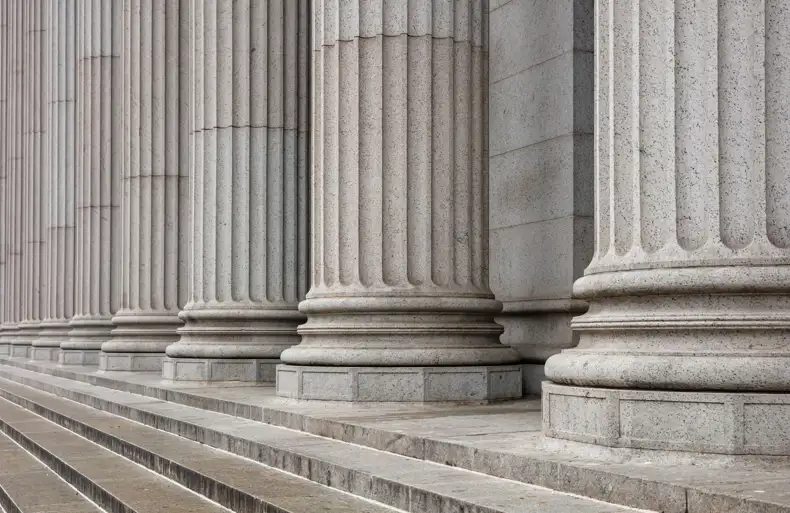Tottenham in North London is perhaps best known as the home of Premier League football club Tottenham Hotspur. Historically, Tottenham has been one of London’s most deprived districts scarred by both the London riots of 2011 and the infamous Broadwater Farm riots of 1985. It has certainly received a lot of negative press and after decades of decline it has been in desperate need of renewal. However, following more than £1 billion in public and private investment, it is now staking a claim as a fashionable place to live and an attractive place to invest.
Boris Johnson, the former Mayor of London recently declared Tottenham is “brimming with opportunity”, indeed, the area has many assets to shout about. Tottenham boasts excellent transport connections to central London (a journey time of less than 20 minutes), a great range of housing which is relatively affordable for zone 3, improving schools and strong community spirit.
Tottenham is the largest of the Mayor of London’s 30 Housing Zones earmarked for rapid regeneration. The regeneration scheme known as High Road West has already begun to transform the area with plans to deliver 10,000 new homes and create 5,000 new jobs by 2025. Tottenham Hotspur’s much anticipated £850m new stadium, which finally opened in April 2019, has been the catalyst for this regeneration. The stadium is now the largest capacity football club stadium in London and will bring a wealth of amenities to the local area, including high quality leisure facilities, which could attract more than two million visitors per year. Supporting the stadium will be much improved local transport infrastructure, including the redevelopment of White Hart Lane and Northumberland Park stations.
Just one mile to the south of High Road West, the London Borough of Haringey has granted planning permission for a major mixed-use regeneration scheme in Tottenham Hale. The six-year, £480m Tottenham Hale master plan will be brought forward by Argent. Six buildings will deliver over 1,000 new homes which will be a mix of affordable, private and rental properties. To complement the new homes, up to 20 new retail units will be constructed, along with office space and a health centre.
The Tottenham Hale area has been undergoing regeneration for some time with Hale Village now entering its final phase. This scheme has provided approximately 1,350 homes and 8,800 sq ft of commercial space since gaining planning consent in 2007. Since the first phase was launched in 2011/2012 there has been a substantial increase in new build values at the scheme by an average of £350 per sq ft. Homes at the latest phase, which were released in September 2018, are now achieving prices closer to £700 per sq ft.
Regeneration is also taking place at Seven Sisters in South Tottenham, including the redevelopment of Wards Corner and the Apex House sites. Grainger is replacing the former council building Apex House with 163 new homes, all of which will be build-to-rent, with 39% affordable, along with flexible commercial space.
In line with the surge in property investment, the area’s already good transport connections are set to improve further. The major upgrade of Tottenham Hale station is due to complete by the end of 2019 with the station also earmarked to become a key interchange for the proposed Crossrail 2. It is worth mentioning that the biggest capital appreciation as a result of Crossrail 1, occurred in zones 3 and 4, suggesting that similar property hotspots may occur. More positive news for the area.
With all this regeneration taking place and much more in the pipeline, the question arises as to what impact this will have on the local property market. Historically, property values in Tottenham have been lower than in other established residential neighbourhoods in west and east London which have similar travel times to central London. Homes in Tottenham now appear to be attracting a lot of first-time buyers who have been priced out of Hackney, Dalston and Stoke Newington. As well as proving popular with key workers and young professionals attracted to its excellent transport links, Tottenham is also starting to appeal to families and second steppers who no longer view the area as a steppingstone to somewhere else. This is in contrast to the buyer types of the past which predominantly comprised of buy-to-let landlords looking to snap up cheap rental flats. Although the buyer demographic has shifted, the area should still appeal to investors as Tottenham offers some of the most attractive yields in London. Statistics show that rents in the London Borough of Haringey have risen 12% in the past 18 months with strong demand among young tenants.
With current uncertainty surrounding the property market it is difficult to predict where the area will be in five years. However, with Tottenham set to become one of London’s biggest regeneration stories and with a flood of young buyers moving to the area, bringing with them the ‘hip café culture’, the question arises: could it become the new Shoreditch or even King’s Cross? Surely it is time to talk up Tottenham.




